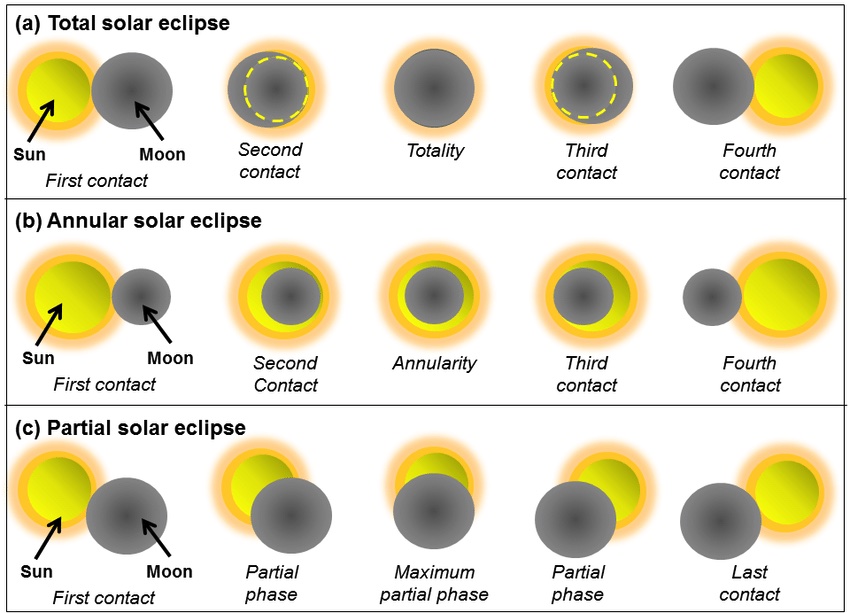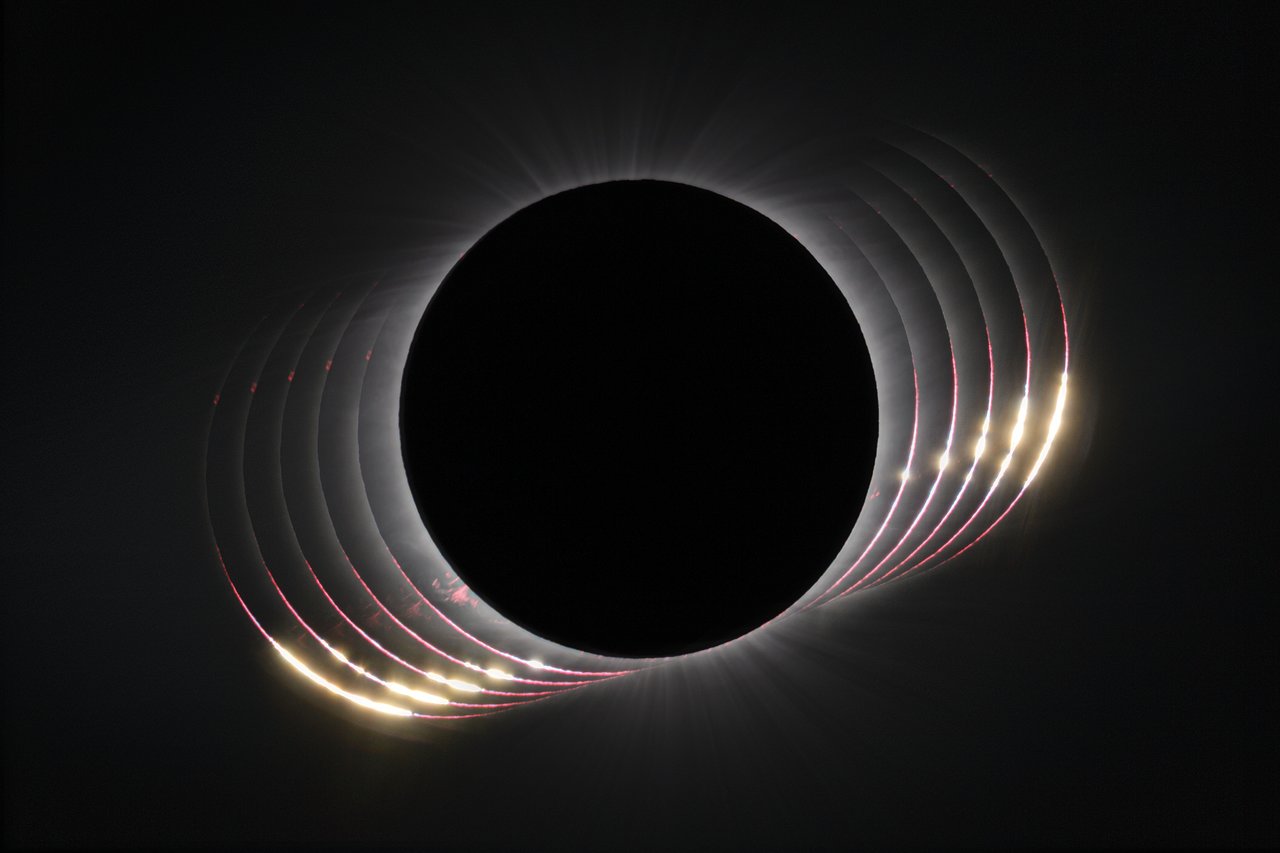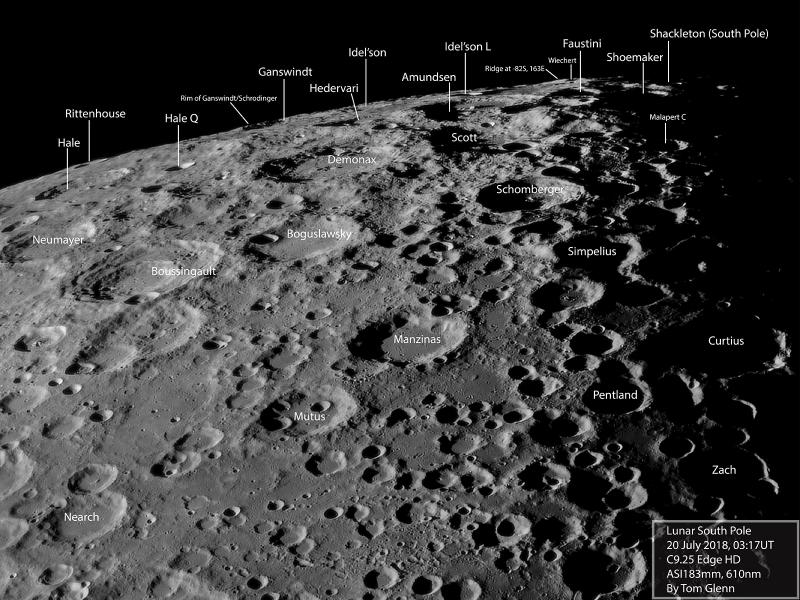The Science of SunSketcher
What We're Trying to Do
The surface of the Sun is almost exactly spherical, but small deviations from this sphericity are measurable and contain information about the interior dynamics of the Sun. Maps of the surface height
will reflect these flows, just as do maps of ocean heights on the Earth. The most obvious effect is simple rotation. This results in a centrifugal force that tends to flatten the sphere into a moreelliptical form. This we call "oblateness," and it's akin to the way a
spinning ice skater's skirt flares out. How oblate is the Sun? The degree
of solar oblateness depends upon the interior distribution of rotation,
which is not at all uniform. We know from sunspot motions
that the surface rotation is "differential," with the spots at the
equator moving some 10% faster than those at higher latitudes. We
also expect that the flows of gas that accompany convection and
magnetic activity will make transient distortions at a smaller
level.
Similar to how the flows within the Earth affect the shape of the Earth's surface, the shape of the Sun is determined by flows within the solar interior. SunSketcher data will therefore allow scientists to probe details of the interior of the Sun. An accurate measurement of the solar oblateness will also allow very precise calculations of the effects of solar gravity on the motions of the inner planets (e.g., Mercury), and comparison with observations of planetary motion will thus provide a test of different gravitational theories.
Methodology & Approach
We want you! The SunSketcher project hopes to involve millions of volunteers that will be located near the eclipse centerline on April 8. Anyone can use our free app, which is preprogrammed to take a series of photographs of the Bailys Beads at the times of second and third contacts. Each smartphone observation will make a unique contribution to the database that will be analyzed to measure the shape of the Sun.
Research
Introduction
The surface of the Sun is almost exactly spherical, but small deviations from this sphericity are measurable and contain information about the interior dynamics of the Sun. Maps of the surface height will reflect these flows, just as do maps of ocean heights on the Earth. The most obvious effect is simple rotation, which causes oblateness – but how much? The degree of solar oblateness depends upon the interior structure of the rotation, which we know from sunspot motions to be latitude-dependent at least. We also expect that the flows of gas that accompany convection and magnetic activity will make transient distortions at a smaller level.
One immediate problem is that the Sun does not have a rigid surface, as found on a rocky planet like Earth or Moon. Instead, it is a fuzzy layer, but one that is confined tightly by the enormous solar gravity – about 30 times that of Earth. The fuzziness has an extent of about 100 km, or about 100 parts per million relative to the mean diameter. Other effects also change the shape of the Sun: for example, sunspots are produced by a mysterious and complicated solar magnetic field that produces easily recognizable “Wilson depressions" of some 1000 km (or 1000 ppm ) on horizontal scales of order 30,000 km.
SunSketcher’s main scientific objective is to learn about the physics of solar internal flows, a fundamental stellar property that (as usual) can best be observed on our closest star. Knowledge of the surface shape of the Sun will also nicely complement the novel information coming from helioseismology and now asteroseismology. Associated with the mass distribution in the solar interior, the accompanying distortions of the Sun’s gravitational field also have substantial implications for the theory of relativity (See Brans–Dicke theory of Gravitation ) and for the rich new field of astrophysics associated with gravitational waves on many scales in the Universe.
Background
The total solar eclipse of April 2024 offers an opportunity for millions of volunteers to help in this endeavor. Around the time of the second contact of a solar eclipse, just before the solar disk is completely covered to produce totality, sunlight passing through the valleys between mountains on the lunar limb creates a phenomenon known as “Baily’s Beads”: brief flashes of light spread out along the thin crescent of the remaining sunlight. (See Baily’s Beads ). A similar set of Baily’s Bead flashes occurs at third contact, as the Sun starts to emerge from behind the occulting lunar disk.
An array of smartphones located along the eclipse path will be used to record these second-contact and third-contact flashes to an accuracy of a few milliseconds. This timing is determined by the relative shapes of the Sun and the Moon. As it turns out, satellite observations have provided us a very accurate understanding of shape of the Moon (like in this photo). So, accurate timing of the flashes as seen from the different smartphone locations, combined with this knowledge of the lunar topography, will allow the size and shape of the solar disk to be calculated to within a few kilometers, an accuracy that is far better than currently known.
Baily’s Beads
The phenomenon of Baily’s Beads, long known to eclipse observers along with the “Diamond Ring” effect, makes the SunSketcher science possible. The sharp and rapidly changing pattern of Baily's Beads at a particular point on the lunar limb – corresponds to a valley within the lunar mountains as seen along the line of sight to the Sun. The deepest valley on that line of sight marks the moment of second or third contact as the eclipse evolves.
This phenomenon has very precise parameters: the geometry of the observer-Moon-Sun coincidence, and its exact time on sub-second timing scales. The parameters differ systematically for observers located at different places and times within the path of totality. It is the sum of all of these records from many smartphones that will make up SunSketcher’s database and enable the precise calculations of the Sun's shape.
Two recent technological innovations make this project possible at all: first, accurate GPS locations provide time and space parameters for each observer. But this would not be useful for solar astrometry without exact knowledge of the Moon’s surface features. Second, we now have exact knowledge of the Moon's surface feature, to the vertical accuracy of a few meters thanks to the LRO/SELENE database. This information comes via imaging the Moon from satellites orbiting close to the lunar surface. The resulting astrometric reference has a typical error of about 10 ppm of the solar diameter at each point, and the SunSketcher project aims to collect many, many such points, increasing the precision even further.
Objective
We're recruiting a crowd of SunSketchers--indlucing you!--to gather on and near the path of totality from Texas to Maine to use their SunSketcher apps to photograph the crescent Sun at times of the second and third contacts. The app will record the exact timing of the Baily’s Bead flashes and the GPS location of the phone. With your help, we hope to create a massive hour-long database of observations, more than we could ever make on our own.
Subsequent analysis of this data, coupled with hyper-accurate lunar maps taken by the Lunar Reconnaissance Orbiter spacecraft that delineate the evolving shape of the lunar limb (as the Moon rotates throughout the eclipse observation period), will allow the height of the solar surface to be precisely measured. From this information, we can learn about the basic shape of the Sun and about internal flows that distort it. This project will involve the public in the celebration and expansion of solar science during NASA’s Heliophysics Big Year.
Results
Beta Test
October 14, 2023 | Odessa, Texas
SunSketcher had a very successful beta test in Odessa. Here are some of the photos captured with the pre-release app under a variety of conditions and across a span of locations.
Eclipse Day
April 8, 2024 | USA
The eclipse hasn't happened yet, but stay tuned! In the meantime check out our News page or join our mailing list by registering as a SunSketcher!
Register as a SunSketchernorth_east
Further Reading
NASA Science. (2008, October 2). The Oblate Sun. NASA Science. https://science.nasa.gov/science-news/science-at-nasa/2008/02oct_oblatesun
M. J. Penn et al., "Acceleration of Coronal Mass Ejection Plasma in the Low Corona as Measured by the Citizen CATE Experiment," Publications of the Astronomical Society of the Pacific, vol. 132, no. 1007, p. 014201, 2020.
G. E. Brueckner et al., "The Large Angle Spectroscopic Coronagraph (LASCO)," Solar Physics, vol. 162, pp. 357-402, 1995.
"The Eclipse Megamovie," Google, 2017. [Online]. Available: https://eclipsemegamovie.org
H. S. Hudson et al., "The Eclipse Magamovie Project (2017)," Journal of Astronomical History and Heritage, vol. 24, no. 4, p. 1080, 2021.
E. J. Speyerer et al., "Lunar Reconnaissance Orbiter Camera Global Morphological Map of the Moon," in 42nd Lunar and Planetary Science Conference, 2011.
M. D. Fivian, H. S. Hudson, R. P. Lin, and H. J. Zahid, "A Large Excess in Apparent Solar Oblateness Due to Surface Magnetism,” Science 322, 560 (2008).
R. P. Lin et al., "The Reuven Ramaty High-Energy Solar Spectroscopic Imager (RHESSI)," Solar Physics, vol. 210, no. 1, p. 3, 2002.
J.-P. Rozelot and C. Damiani, "History of solar oblateness measurements and interpretation," The European Physical Journal, vol. 36, p. 407, 2011.
Martin D. Fivian et al. ,A Large Excess in Apparent Solar Oblateness Due to Surface Magnetism.Science322,560-562(2008).DOI:10.1126/science.1160863 https://www.science.org/doi/10.1126/science.1160863












